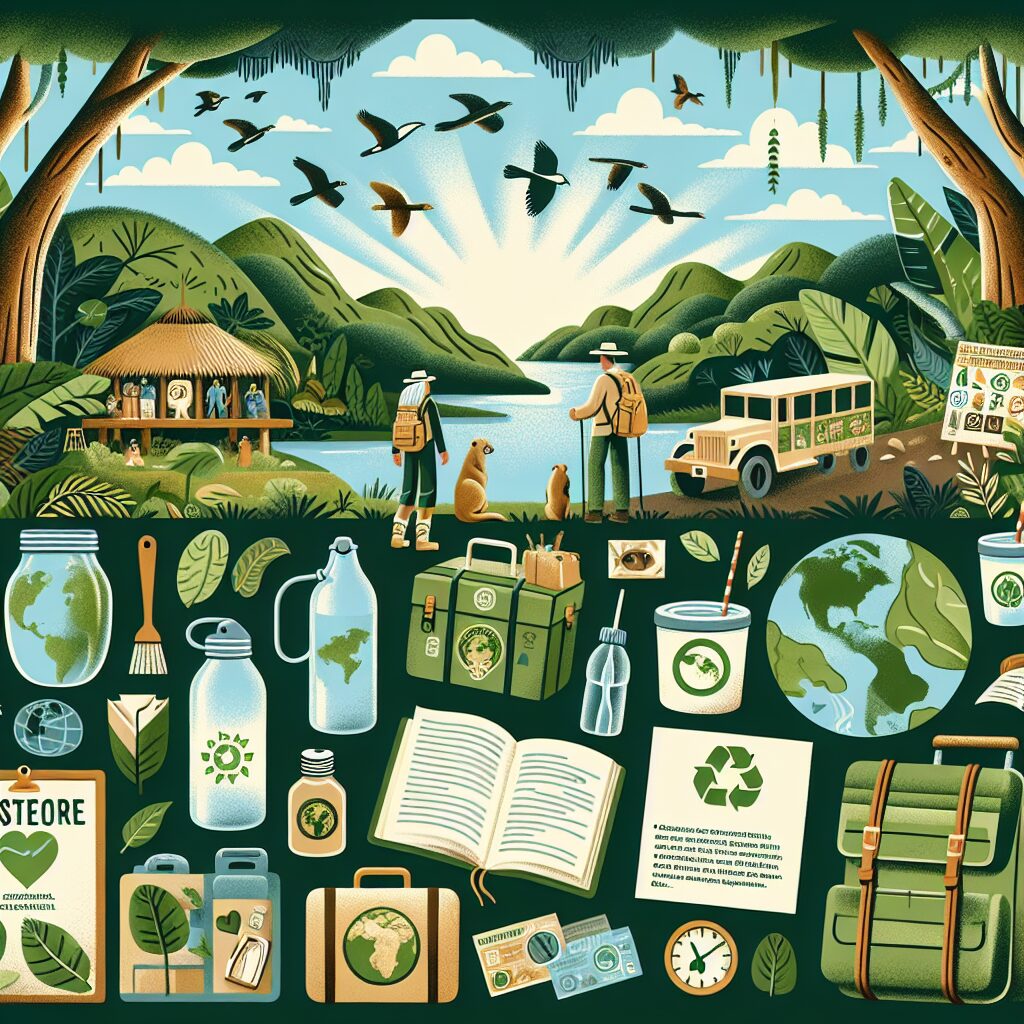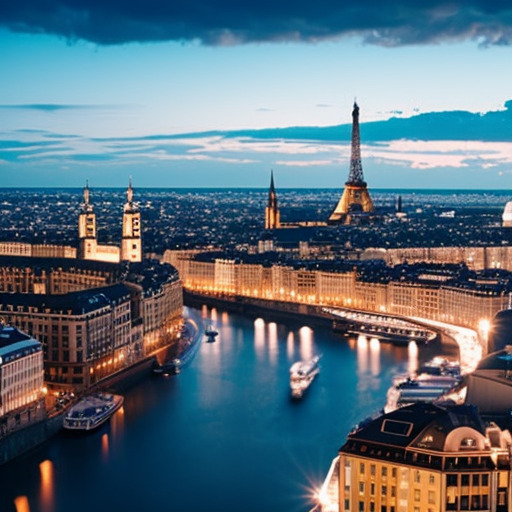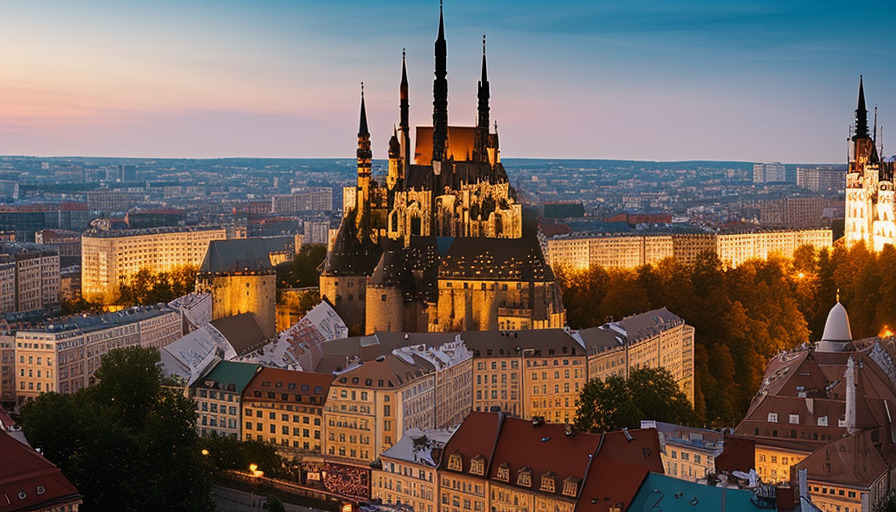The Amazon Rainforest is one of the most biodiverse places on Earth, a lush, sprawling paradise teeming with wildlife and mesmerizing ecosystems. But with great wonder comes great responsibility. Planning a sustainable trip to this natural marvel not only ensures an unforgettable experience but also protects and preserves it for future generations. So, let’s dive into how you can make your visit both enjoyable and eco-friendly.
1. Choose Eco-Friendly Accommodation
The first step in planning a sustainable trip is selecting accommodations that prioritize environmental conservation. Look for lodges and hotels that employ sustainable practices such as using solar power, offering locally sourced food, and having effective waste management systems. Some establishments even contribute to local conservation projects or support indigenous communities.

2. Pack Responsibly
What you bring with you can significantly impact the environment. Here are a few tips:
- Avoid single-use plastics: Bring reusable water bottles, bags, and containers.
- Eco-friendly toiletries: Choose biodegradable soaps, shampoos, and insect repellents.
- Lightweight clothing: Pack moisture-wicking and quick-dry clothes—preferably made from sustainable materials.

3. Respect Local Wildlife
Interacting with wildlife is one of the highlights of visiting the Amazon, but it’s crucial to do so respectfully:
- Keep your distance: Use binoculars or zoom lenses to observe animals without disturbing them.
- Don’t feed the animals: Human food can be harmful to wildlife and disrupt their natural behaviors.
- Stick to guided tours: Local guides are knowledgeable about the area and ensure minimal impact on the environment and wildlife.

4. Support Local Communities
Engaging with and supporting local communities not only enriches your travel experience but also contributes to the sustainability of the region:
- Buy local products: Purchase souvenirs and goods from local artisans and vendors.
- Participate in cultural activities: Attend workshops, performances, and tours led by local people.
- Respect local customs: Learn about and honor the traditions and lifestyle of the indigenous communities.

5. Leave No Trace
The “Leave No Trace” principle is vital when visiting natural sites like the Amazon:
- Take all waste with you: Ensure you leave no trash behind, including biodegradable waste.
- Stay on designated paths: This minimizes damage to the flora and fauna.
- Limit light pollution: Use dim, eco-friendly lighting to avoid disturbing nocturnal wildlife.

Conclusion
A sustainable trip to the Amazon Rainforest is not only possible but incredibly rewarding. By choosing eco-friendly accommodations, packing responsibly, respecting wildlife, supporting local communities, and following “Leave No Trace” principles, you can help protect this precious ecosystem while enjoying an unforgettable adventure. Safe travels!
“`


